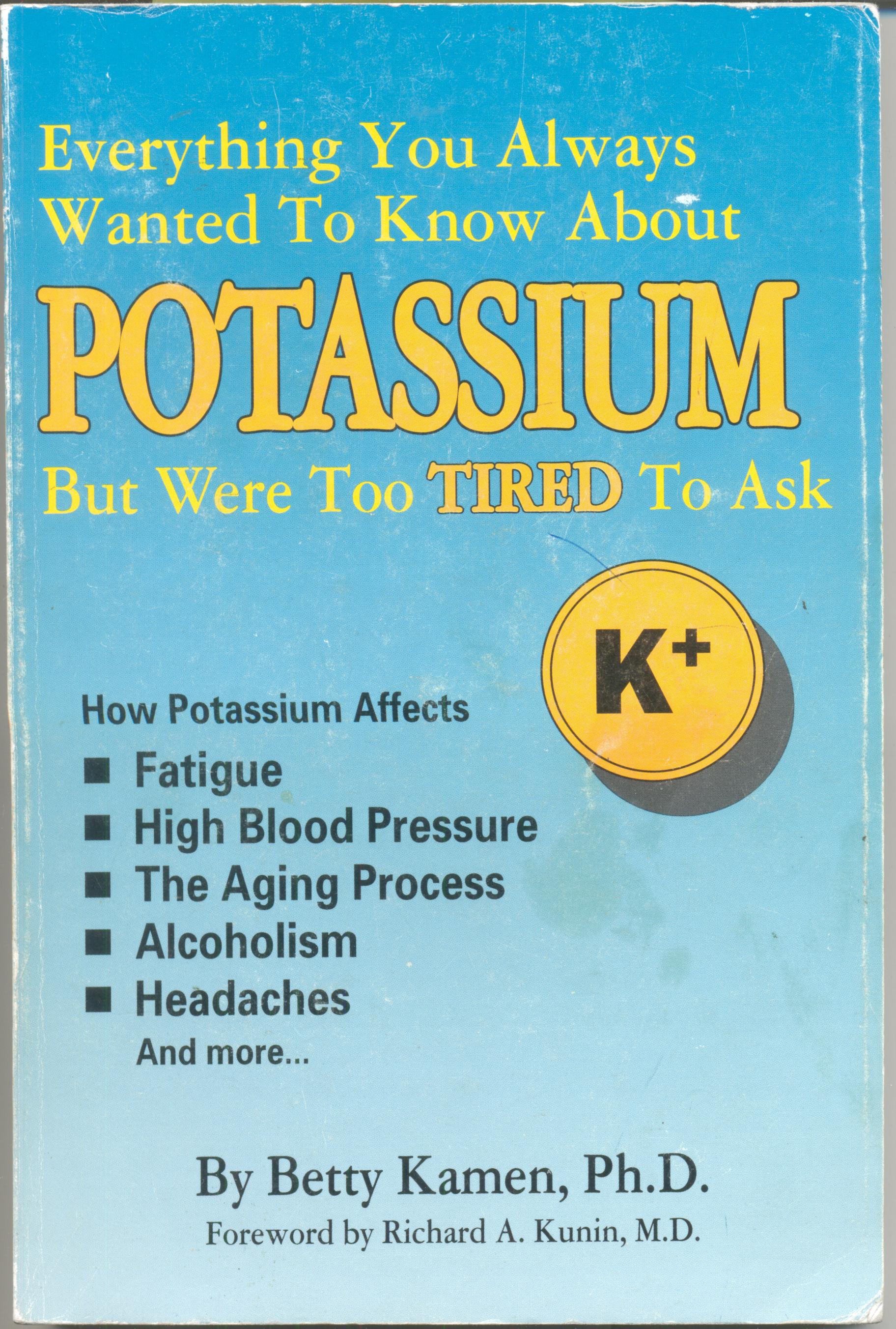
Choosing foods and beverages sweetened with low- and no-calorie sweeteners such as Ace-K is one way to reduce your consumption of added sugars and keep your total calories in check. The other five major minerals are calcium, sodium, potassium, phosphorous and chloride. In fact, magnesium is one of six macro-minerals, major minerals needed by the body in larger amounts. Many types of foods and beverages can have a place in healthy eating patterns that are low in added sugars. Magnesium is the 11th most abundant element in the human body, by mass, and magnesium ions are found in every cell in the body. Leading global health authorities around the world, such as the European Food Safety Authority ( EFSA ), FAO/WHO Joint Expert Committee on Food Additives ( JECFA ), Japan’s Ministry of Health, Labour and Welfare, Food Standards Australia New Zealand ( FSANZ ), and Health Canada have also found low- and no-calorie sweeteners like Ace-K to be safe. Food and Drug Administration (FDA) for use in the U.S. It is one of eight low- and no-calorie sweeteners permitted by the U.S. Yes, Ace-K is safe to consume and has been approved for use in the U.S. It is about 200 times sweeter than sucrose (table sugar), so only small amounts of Ace-K are needed to match the sweetness provided by sugar.

Like other low- and no-calorie sweeteners, Ace-K is intensely sweet.

Ace-K is commonly found in tabletop sweeteners in brand names like Canderel® and Equal®. When acesulfame potassium is used in a food or beverage, it will appear in the ingredient list for that product as either Ace-K, acesulfame K or acesulfame potassium. Although Ace-K contains potassium, the amount is so low it doesn’t contribute to your daily potassium intake.Īce-K often is used in combination with other low- and no-calorie sweeteners such as aspartame or sucralose. The “K” in Ace-K is the symbol for the chemical element potassium, which comes from the Latin word for potassium, kalium. While some types of sugar alternatives are considered caloric (e.g., high-fructose corn syrup and honey ), some are low-calorie (e.g., aspartame ), and others are no-calorie (e.g., Ace-K, sucralose, monk fruit sweeteners, stevia sweeteners, and others), collectively they are often referred to as artificial sweeteners, high-intensity sweeteners, low-calorie sweeteners, nonnutritive sweeteners, or sugar substitutes. What Is Ace-K?Īce-K is a no-calorie sweetener that is used in a variety of foods and beverages. Here’s the lowdown on one of the more common types of low-calorie sweeteners, acesulfame potassium (Ace-K). Lithium-7 accounts for over 92 of the natural abundance of the element. Natural lithium is a mixture of two stable isotopes, lithium-6 and lithium-7. Conflicting information about low-calorie sweeteners seems to be reaching new heights, so we’ve searched high and low for the facts. Lithium is the third element in the periodic table, with three protons and the element symbol Li. Curious about low-calorie sweeteners? You’re not alone.


 0 kommentar(er)
0 kommentar(er)
